We pride ourselves on secure IT disposal and data destruction using industry-leading brands like Blanco.

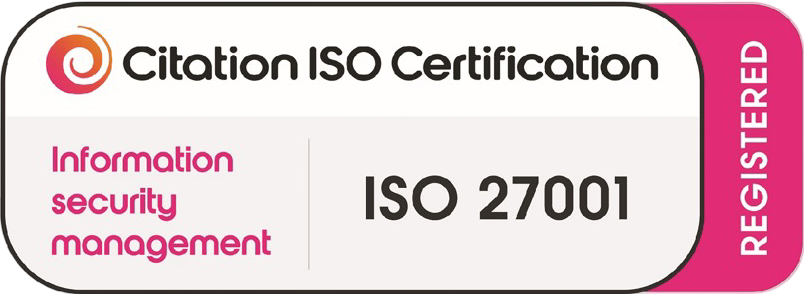
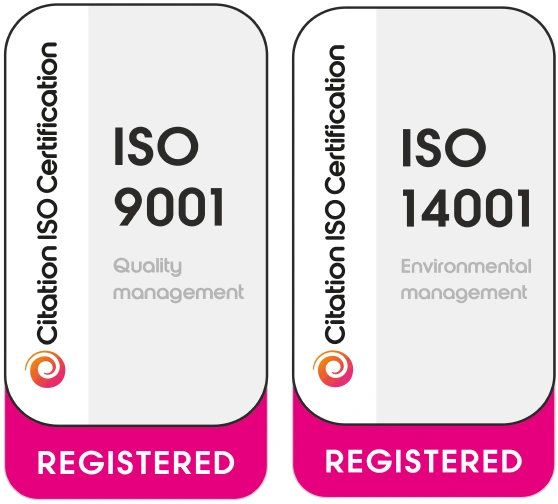


We pride ourselves on secure IT disposal and data destruction using industry-leading brands like Blanco.



Don’t let old computers gather dust recycle them and give valuable parts a second chance.
Turn your unused laptops into something meaningful through eco-friendly recycling.
Clear out outdated servers safely while recovering reusable materials.
Make a difference by recycling your old mobile phones and reducing toxic waste.
Say goodbye to unused networking gear with safe, eco-conscious recycling.
Recycle outdated phone systems and support a cleaner, greener planet.
Recycle outdated phone systems and support a cleaner, greener planet.
Keep old switches and routers out of landfills by recycling them right.
Dispose of monitors responsibly and help reclaim resources for future use.
Simplify IT equipment disposal with environmentally friendly solutions.
Breathe new life into worn-out printers through sustainable recycling.






















Secure data destruction permanently wipes sensitive information, protecting your business from breaches, ensuring compliance, and preventing unauthorized access to old assets. We use ADISA-certified Red Key USB technology for guaranteed, industry-standard data erasure, ensuring your privacy and data security.

Our ISO 9001 certification demonstrates our dedication to delivering consistent, high-quality services. This internationally recognized standard ensures that every step of our process meets strict quality and regulatory requirements, ensuring reliability and customer satisfaction.
Our ISO 27001 certification reflects our commitment to the highest standards of information security. This globally recognized accreditation ensures your data is managed with strict protection throughout the destruction process.
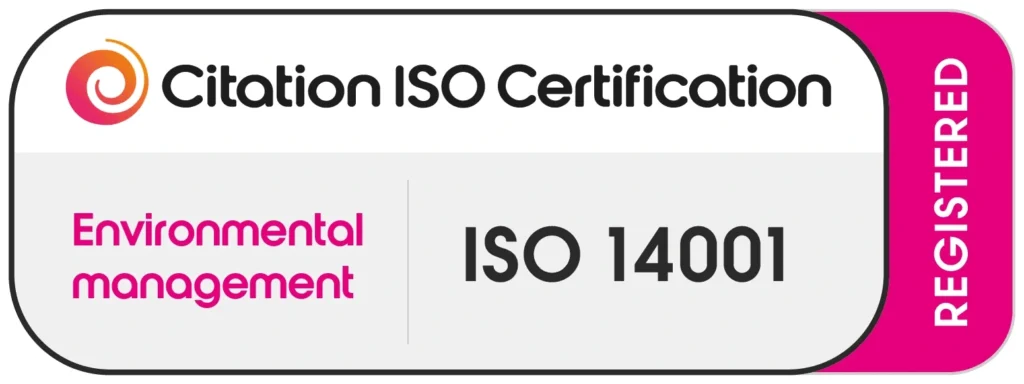
Our ISO 14001 certification highlights our commitment to responsible environmental management. This internationally recognized standard ensures we minimize our environmental impact and continuously improve our sustainability practices throughout our operations
Computer IT Waste Recycling is offering a green IT waste disposal solution for old computer equipment disposal to the e-waste problem. We can play our role in improving the environment with our computer recycling and IT disposal services now. Recycling computer waste is not a problem anymore. Professionals at Computer IT Waste recycle and dispose of all kinds of IT equipment including:

We safely recycle laptops with data wiped and eco-friendly disposal.

We recycle computers safely and efficiently, protecting your data and the environment.
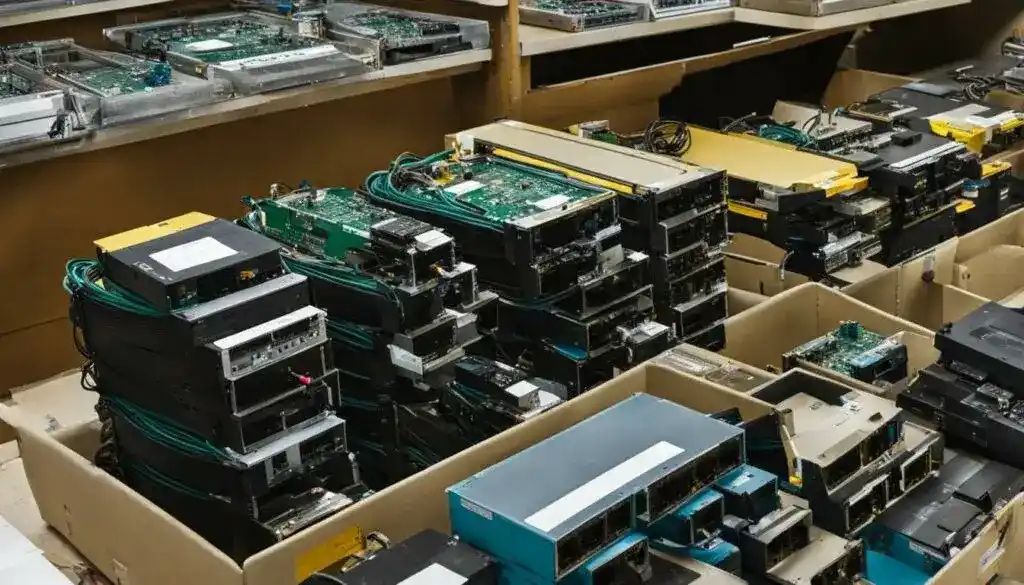
We recycle old switches and network gear with secure data wipe and eco-friendly disposal.

We securely recycle servers with full data destruction and eco-friendly disposal.
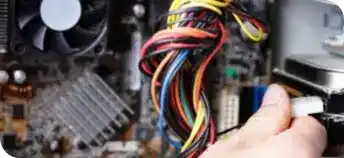
We recycle EPOS systems securely, ensuring data removal and eco-friendly disposal.
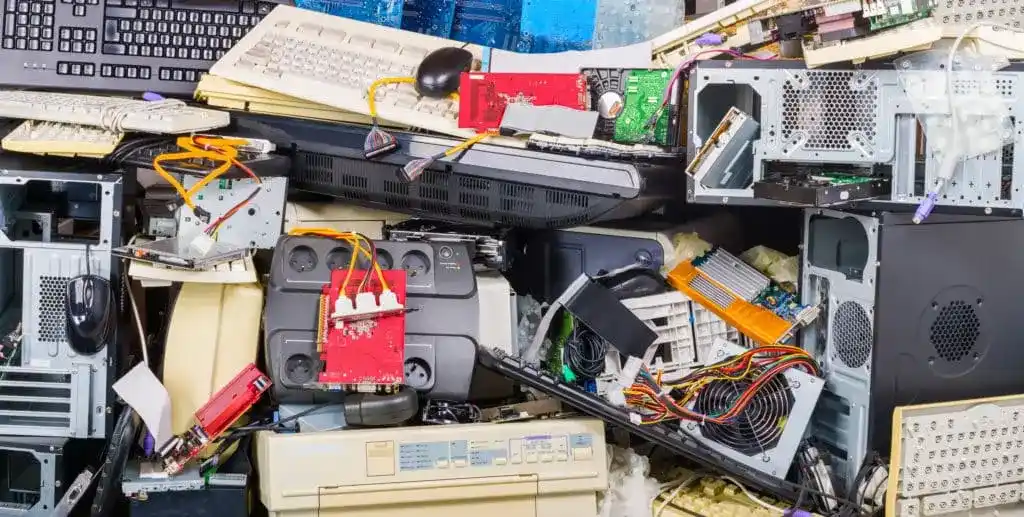
Our recycling service ensures safe disposal, reducing landfill and supporting sustainability
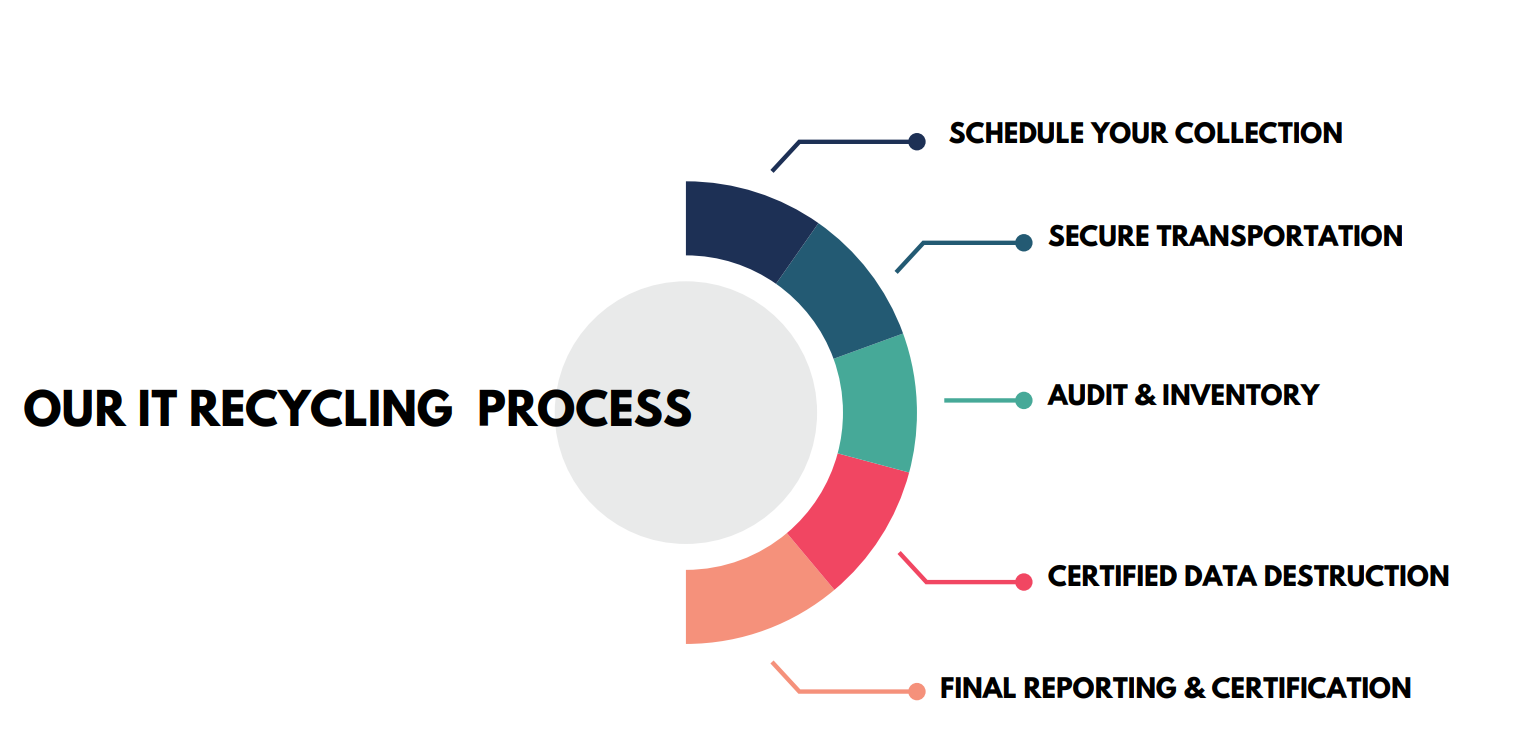




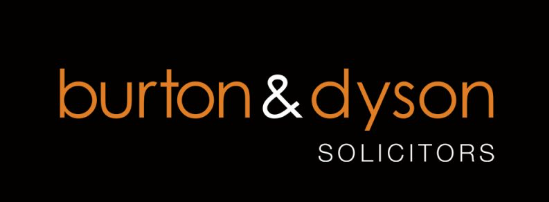

EXCELLENTTrustindex verifies that the original source of the review is Google. Used their services couple of times, work related, and always great customer service. I can highly recommend Computer Waste Recycling for anyone.Posted onTrustindex verifies that the original source of the review is Google. Us in IN2 Engineering London used CWR to collect some old computers and laptops, the service provided was top notch and collection was organised with less than 24 hours notice. We would use CWR again.Posted onTrustindex verifies that the original source of the review is Google. Best IT waste recycling companyPosted onTrustindex verifies that the original source of the review is Google. I had an excellent experience with Computer Waste Recycling. The team is very professional, friendly, and efficient. They make the whole process smooth and stress-free, and it’s clear they really care about both customer service and doing things the right way. The facility is well-organized, and I was impressed by how responsibly they handle recycling. It’s great to see a company committed to both quality and sustainability. Highly recommend their service to anyone who needs reliable computer recycling or IT disposal.Posted onTrustindex verifies that the original source of the review is Google. Best servicePosted onTrustindex verifies that the original source of the review is Google. The whole process was quick, efficient, and stress-free. Professional team who take both security and the environment seriously.Posted onTrustindex verifies that the original source of the review is Google. Great service! The team collected our old computers quickly and provided secure data destruction certificates. Professional, eco-friendly, and hassle-free. Highly recommended!Posted onTrustindex verifies that the original source of the review is Google. Very pleased with this service. Prompt and polite reply, arranged to pick up the items straight away, good communication throughout, certificate of destruction received as promised. Would definitely recommend this very good service.Posted onTrustindex verifies that the original source of the review is Google. Very easy to arrange and as I suddenly had to go out they collected my stuff from a neighbours address.